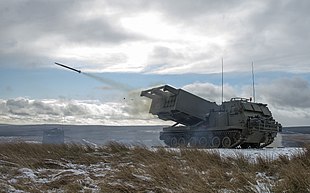Canadian Forces Base Borden, formerly RCAF Station Borden, is a large Canadian Forces base located in Ontario. The historic birthplace of the Royal Canadian Air Force, CFB Borden is home to the largest training wing in the Canadian Armed Forces. The base is run by Canadian Forces Support Training Group (CFSTG) and reports to the Canadian Defence Academy (CDA) in Kingston.
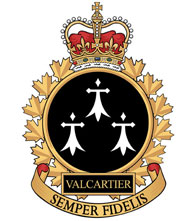
2 Canadian Division Support Base Valcartier , formerly known as and commonly referred to as Canadian Forces Base Valcartier, is a Canadian Forces base located in the municipality of Saint-Gabriel-de-Valcartier, 8 nautical miles north northwest of Quebec City, Quebec, Canada. The 2nd Canadian Division is stationed at the base, comprising the 5 Canadian Mechanized Brigade Group and the 2nd Canadian Division Support Group.
Canadian Forces Base Shilo is an operations and training base of the Canadian Armed Forces, located 35 km (22 mi) east of Brandon, Manitoba and adjacent to Sprucewoods. During the 1990s, Canadian Forces Base Shilo was also designated as an Area Support Unit, which acts as a local base of operations for south-west Manitoba in times of military and civil emergency.
5th Canadian Division Support Base Gagetown, formerly known as and commonly referred to as CFB Gagetown, is a large Canadian Forces Base covering an area over 1,100 km2 (420 sq mi), located in southwestern New Brunswick.

1 Canadian Mechanized Brigade Group is a Canadian Forces brigade group that is part of the 3rd Canadian Division of the Canadian Army. Originally headquartered at CFB Calgary, it is currently based in CFB Edmonton in Alberta with two major units at CFB Shilo in Manitoba, and consists of eight Regular Force units.

3rd Canadian Division Support Base Edmonton, formerly known as and commonly referred to as CFB Edmonton is a Canadian Forces base located in Sturgeon County adjacent to the City of Edmonton in Alberta, Canada. It is also known as Edmonton Garrison or "Steele Barracks".
A service battalion is a unit of the Canadian Armed Forces (CAF) that provides combat service support to a brigade group and its elements.
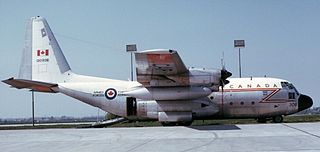
Canadian Forces Base Lahr was a military operated commercial airport located in Lahr, Germany. It was operated primarily as a French air force base, and later as a Canadian army base, beginning in the late 1960s. The military base was closed in 1994 and converted to civilian use. It is now known as the Flughafen Lahr.
5 Canadian Mechanized Brigade Group is a Canadian Forces brigade group that is part of 2nd Canadian Division of the Canadian Army. It is based at CFB Valcartier, near Quebec City, Quebec. The brigade group is the formation responsible for the majority of francophone units of the regular army.
Canadian Forces Europe was the Canadian Forces military formation in Europe during the Cold War. The CF assisted other NATO allies in watching the military activities of Warsaw Pact and the Soviet Union.
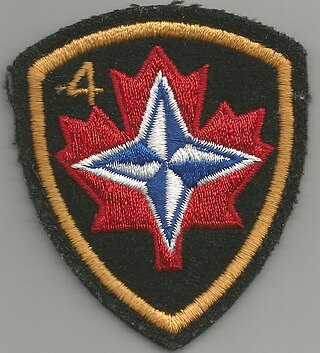
4 Canadian Mechanized Brigade Group was a formation of the Canadian Army, then Mobile Command of the unified Canadian Forces. It was part of the European formation known as Canadian Forces Europe. The formation served as the main forward deployed land element of Canada's armed forces, and was stationed in West Germany from 1957 until it was disbanded in 1993.
The Canadian Air-Sea Transportable Brigade Group, or CAST, was a Canadian Forces battle group dedicated to the rapid reinforcement of Norway in the event of a land war in Europe. The Group was based on a mechanized infantry brigade, supported by two Rapid Reinforcement Fighter Squadrons equipped with Canadair CF-5 fighters and a variety of supporting units. Manpower varied between 4,800 and 5,500 troops depending on how it was counted. CAST formed in 1968 as part of a widespread realignment of Canadian forces in Europe, and disbanded again in 1989 when the Forces were recombined into larger battalion sized group in West Germany.
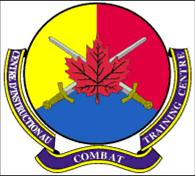
The Combat Training Centre is responsible for the individual training of Canadian Army soldiers and officers in military occupational classifications that are controlled by the Canadian Army. The centre is headquartered at the 5th Canadian Division Support Base Gagetown, New Brunswick, and maintains schools at CFB Kingston, 8 Wing Trenton and CFB Borden in Ontario. Originally known as the Combat Arms School, it was formed at Camp Borden, Ontario, in 1965, moving to CFB Gagetown in the early 1970's. It is a formation of the Canadian Army Doctrine and Training Centre, the former Land Force Doctrine and Training System which was renamed as part of the reorganization of the Canadian Army on 18 July 2013.
The following is a hierarchical outline for the Canadian Armed Forces at the end of the Cold War. It is intended to convey the connections and relationships between units and formations.
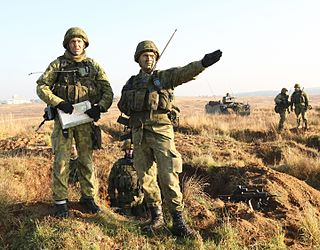
The Colonel Franciszek Sadowski Land Forces Training Centre in Drawsko, commonly known as the Drawsko Training Ground is a training and proving ground located approximately 4 kilometres (2.5 mi) southwest of Drawsko Pomorskie, West Pomeranian Voivodeship. The training ground was called the Flugplatz Gabbert of the German Reichswehr. Aside from being used by the Polish Army, it is also used by all member states of NATO.
